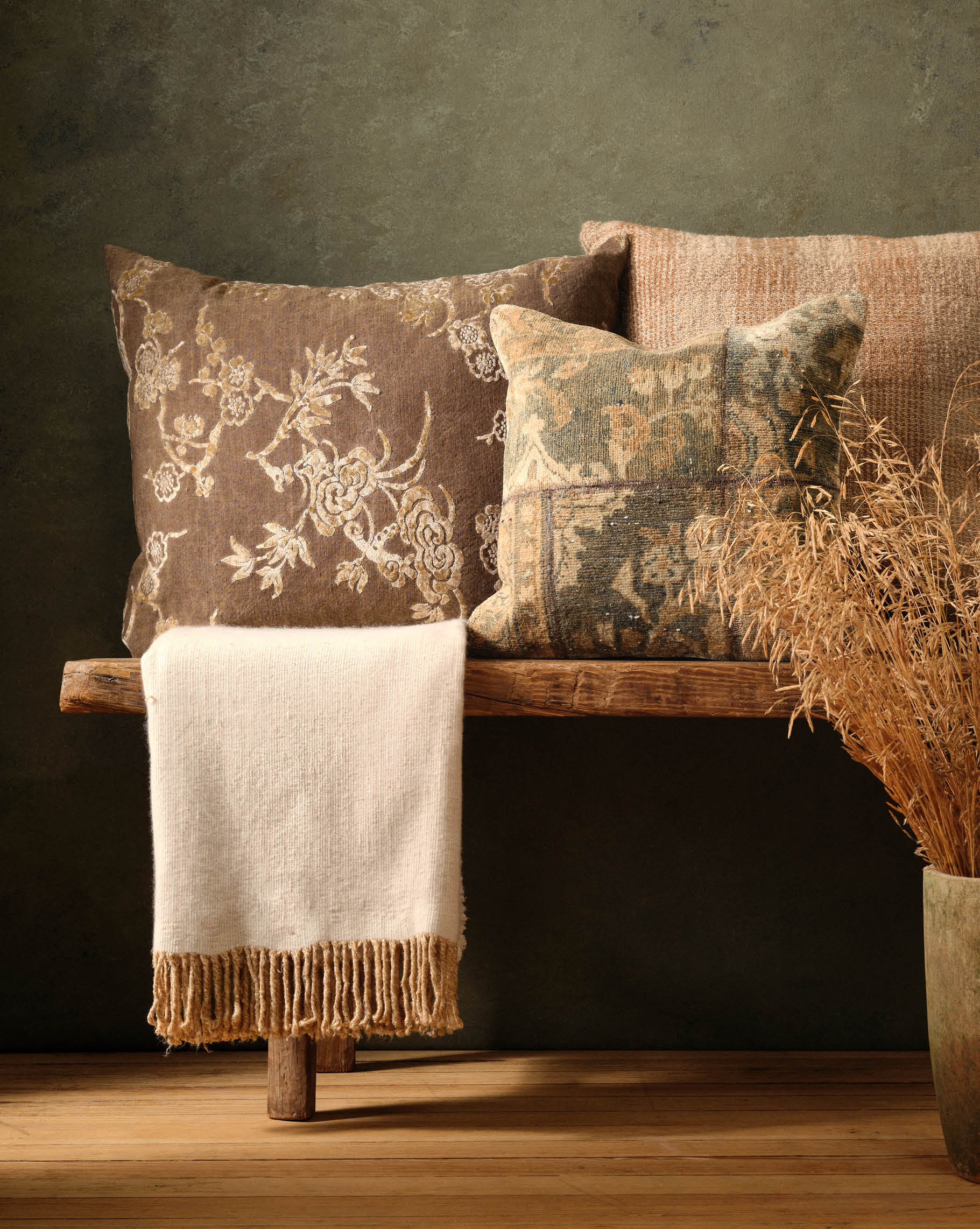Viva Magenta, a warm interpretation of the traditionally vibrant hue, is Pantone’s Color of the Year – inviting an exploration into the history of this punchy tone.





Prior to the 16th century, the main source of red dye in Europe was the kermes scale, a beetle found on the Kermes Oaks native to the Mediterranean (Quercus coccifera). Kermes red had been in use since biblical times, and was a popular hue in textiles from the Ancient Greek and Roman empires.









Magenta’s modern origins can be traced to the middle 16th century, when the Spanish first discovered the Aztecs steeping their textiles in the vibrant red of carminic acid. Carminic acid is harvested by crushing cochineal scales, a native insect related to the kermes scale that can be found on prickly pear cactus (Opuntia basilaris).






The ultimate shift from kermes to cochineal scales was due to the latter’s intensity of color – the scarlet dye extracted from the cochineal scale is eight times brighter, and therefore more rich. This variety of shade is what lends magenta its versatility – making it a color simultaneously playful, dynamic and powerful.

“Rooted in the primordial, Viva Magenta reconnects us to original matter. Invoking the forces of nature, [it] galvanizes our spirit, helping us to build our inner strength.”
– Leatrice Eiseman, Executive Director, Pantone Color Institute















